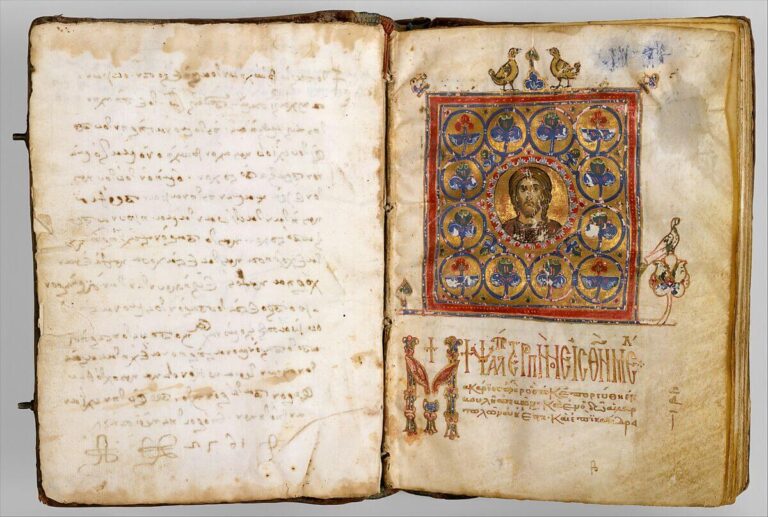Michael & Eutychios Astrapas, Byzantine painters of the Macedonian School
Forgotten for centuries, Michael and Eutychios Astrapas were Byzantine Greek painters active between 1294 and 1317. They hailed from Thessaloniki, which at the time was the second most important cultural hub of the Byzantine Empire, rivaled only by Constantinople. Historians often regard Thessaloniki as the heart of the Macedonian School of painting during the Palaeologan Renaissance, and Michael and Eutychios Astrapas were key figures in this flourishing artistic movement.
The rediscovery of the Astrapas, two forgotten Byzantine masters.
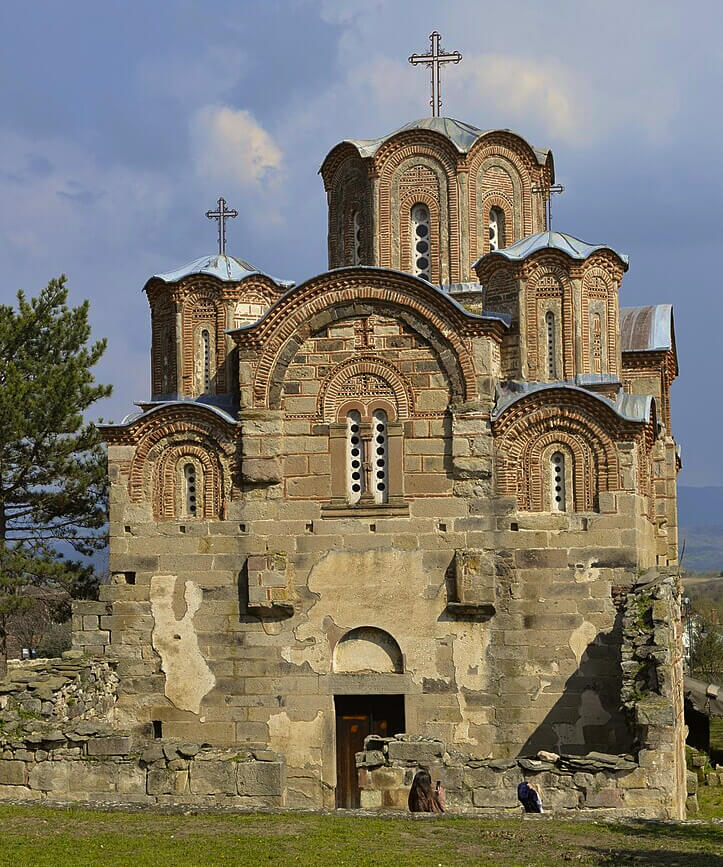
For nearly a hundred years, these two painters remained unknown. Their work was forgotten until French scholars Gabriel Millet and Louis Bréhier uncovered inscriptions bearing their names in the Church of Saint George in Staro Nagoričane, bringing them back into the art historical spotlight.
The signatures of the Astrapas were later found on frescoes in the Church of Saint Niketas near Skopje. During the mid-1900s, additional signatures were discovered in the Church of the Virgin Peribleptos in Ohrid, as well as in the exonarthex of the Church of the Virgin Ljeviška in Prizren. More recently, a signature of Michael was unearthed in the Church of Saint Prohor of Pčinja, suggesting that further works by the duo may still come to light.
The Macedonian School and the artistic innovations of the Astrapas masters.
In the late 13th and early 14th centuries, Thessaloniki was home to many thriving iconographic workshops, including that of Michael and Eutychios. The city was a focal point of the Palaeologan Renaissance, a period that saw a resurgence of Byzantine art and culture, with painting benefiting from the innovations of the Macedonian School.
Alongside Manuel Panselinos, Michael and Eutychios were leading figures in this movement. From the outset of their careers, they showed a clear intention to renew the pictorial art of their time. This is evident in their early masterpiece, the decoration of the Church of the Peribleptos in Ohrid (1294-1295). Compared to other paintings of the period, their work in this church demonstrates a groundbreaking approach, both in terms of iconographic representation and the design of the program itself. They introduced new, expansive cycles of imagery, using large surfaces to narrate complex stories while reserving smaller areas for subjects of profound theological depth. Their secular themes also incorporated explicit references to antiquity.

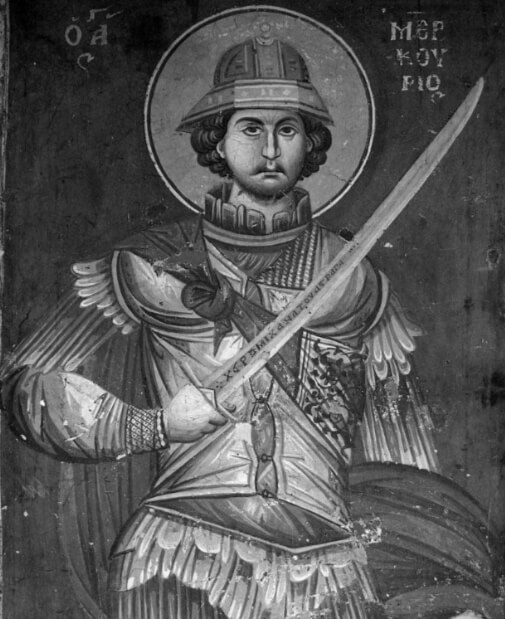
Another aspect that makes Michael and Eutychios stand out in Byzantine art history is that they signed their work—an relatively uncommon practice for many artists of the time. They painted their signatures or monograms (and even other undecipherable letters) not in apparent places, but almost hidden among the garments of some saints, the weapons and the armory of holy warriors and upon some ceramic vessels that are decorating some scenes of the iconographical program.
The mystery of their lives.
Despite their signatures, much of the personal lives of Michael and Eutychios remains a mystery. We know they were Greek because they signed their works in Greek, both in Byzantine and Serbian churches. However, narrative historical sources offer little information about them. The family name “Astrapas” appears in Thessaloniki in the early 14th century, and historical records mention a John Astrapas, a scribe and book illustrator, as well as Makarios Astrapas, a monk at the Chortaites monastery.
While some researchers believe Michael held the more prominent role, evidence suggests that in some cases—such as in the Church of the Peribleptos—Eutychios was the lead artist, or protomaster. Their familial relationship is unclear, but many scholars now believe Eutychios may have been Michael’s father, as the differences in their painting styles suggest a generational shift.
An artistic legacy across Byzantium and Serbia.
The influence of Michael and Eutychios extended far beyond Thessaloniki. They were in high demand throughout the Byzantine Empire, leaving their mark on what is now modern Greece and North Macedonia. Their reputation even reached Serbia, where King Milutin invited them to decorate several churches. They also worked as icon painters for various patrons across the region.
Some of their most notable works include the magnificent frescoes in the Church of the Holy Mother of God Peribleptos in Ohrid (1294), the Church of Saint Niketas in Čucer Sandevo (before 1315), the Church of Our Lady of Ljeviš in Prizren (1307), and the Church of Saint George in Staro Nagoričane (1317). Their artistry is also evident in the Monastery of Žiča, the Church of the Panagia Olympiotissa in Elasson, and the monasteries of Studenica and Banjska.
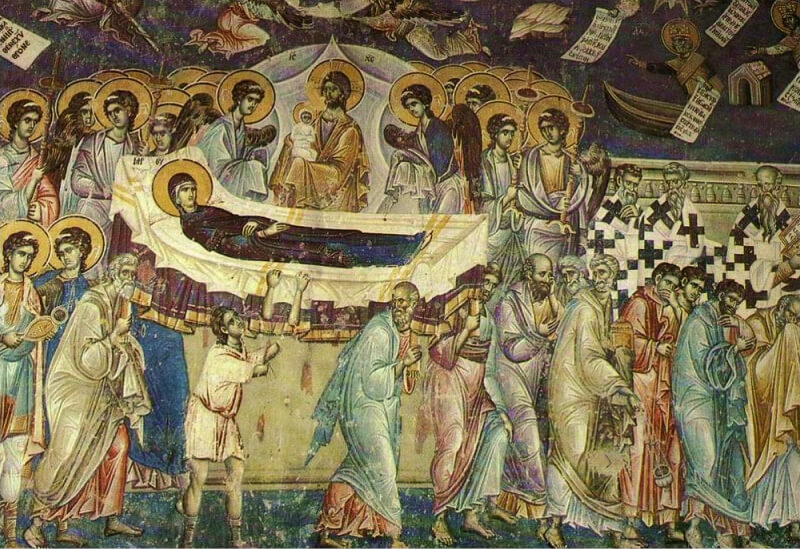
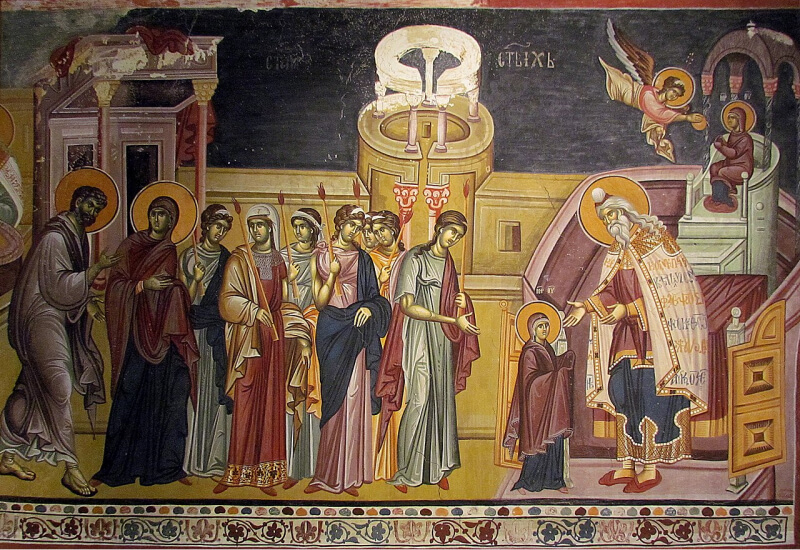
Beyond these monumental frescoes, several of their painted icons have survived to this day, continuing to bear witness to their skill and influence in Byzantine art.
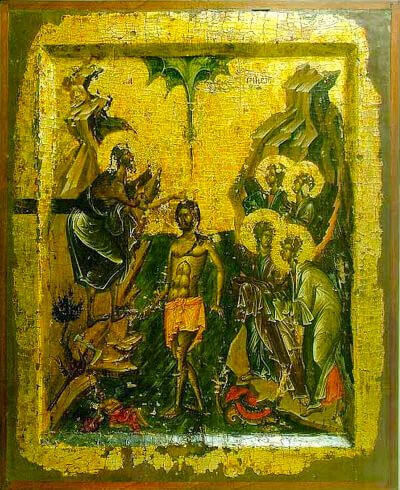
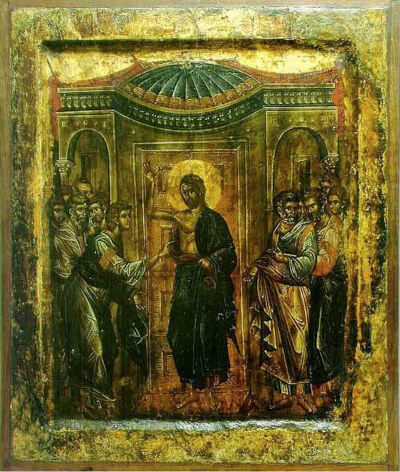
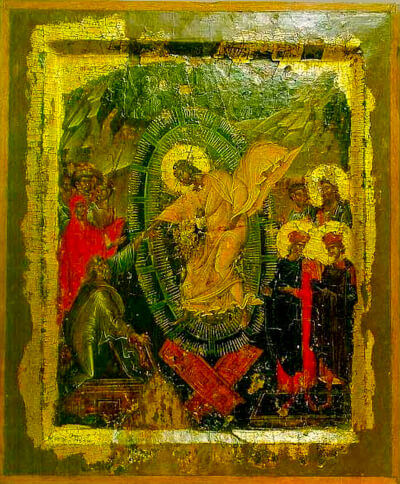
Sources:
Miodrag Markovia, The Painter Eutychios — Father of Michael Astrapas and Protomaster of the Frescoes in the Church of the Virgin Peribleptos in Ohrid




